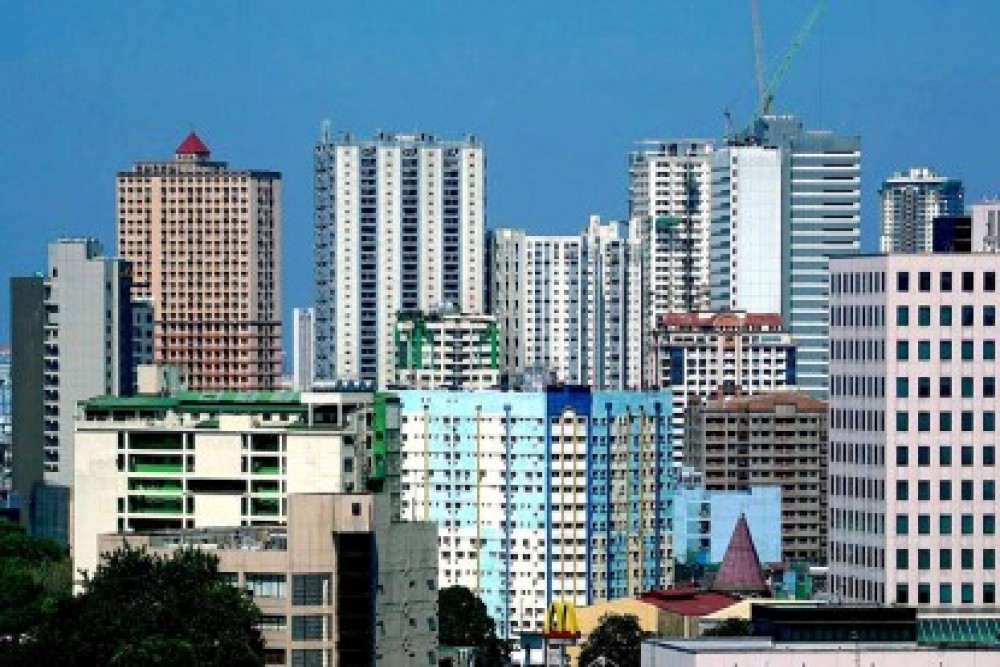An economist is optimistic about the acceleration of economic growth in the second quarter of this year, with an output forecast of 5.6 percent and a full-year projection of 5.8 percent.
These projections by business strategist Jonathan Ravelas are within the government’s 5.5 percent to 6.5 percent gross domestic product (GDP) assumption for this year.
The Philippine Statistics Authority (PSA) reported on Wednesday that the 5.4 percent GDP figure in the first three months of this year was retained.
It also reported the month-on-month improvements in the labor sector, with labor force participation rate up to 65.7 percent from 65.8 percent last May, employment rate to 96.3 percent from 96.1 percent, underemployment rate to 11.4 percent from 13.1 percent, and unemployment rate to 3.7 percent from 3.9 percent.
However, the year-on-year employment rate is lower than the 96.9 percent in June 2024, which was traced to lower employment in the construction sector and manufacturing sectors, among others.
Ravelas, in a reply to questions from the Philippine News Agency, said the annual drop in employment numbers cannot be attributed yet to the US’ tariff policies since “most of the job losses came from local sectors like construction and manufacturing, which are facing internal pressures.”
“The US tariffs haven’t hit us head-on yet. But yes, there’s a risk ahead. If those tariffs start biting into electronics and manufacturing exports —especially components we ship to the U.S.— we could see more layoffs, particularly in export-driven zones. So, we need to stay ahead with smarter trade strategies and support for vulnerable sectors,” he said.
Ravelas also said the drop in the number of jobs in the construction sector is a cause for concern.
He said “while we don’t have a clear split between public and private infra(structure) spending, this kind of drop usually signals slower project rollouts or delays, especially in big-ticket builds.”
“Construction is a key growth engine. When it stalls, it pulls down overall momentum. So yes, this is one of the factors behind the slower GDP outlook this year. We need to watch infra spending closely—and push for faster execution and better workforce matching to turn things around,” he added.
PNA PHOTO


